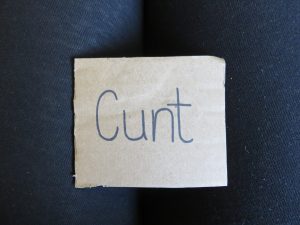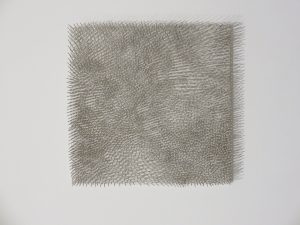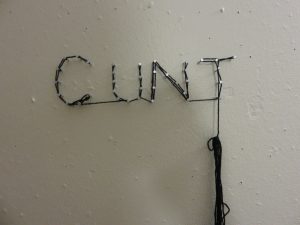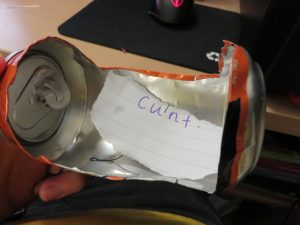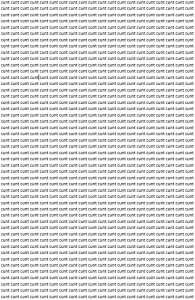For the task given, we were told to create or evolve an art practice. As a practicing artist whom enjoys working in textiles, I decided to use stitching and embroidery as a starting point from which to evolve my chosen practice. As a physical object, subject to manipulation, thread, wool, and fabrics are interesting to work with and are commonly used together. However, I was interested in expanding the ways in which we use stitching to also cover items we may not typically associate it with.
On top of this I decided to also experiment with incorporating words into artwork. For example: Why do we, as humans, label writing and drawing as two separate things? If drawing -in reality- is mark-making, why isn’t writing under that same label? What differs the two?
Although, there are plenty of artists who have pushed traditional concepts of separating drawing/ painting/ art in general from writing by bringing them together, I wished to combine this concept with the physicality of the previous experiment. Thus, stitching words into Everyday objects and materials.
The next step was deciding upon the word(s) to stitch. Conceptual art, in any artistic movement often implies a theme of pushing the boundaries of what is currently available -looking into the future. A current battle within the art world includes the question: ‘why spend your whole career (or parts of it) looking at/ working on the same things. Artists like Ad Reinhardt produce very similar pieces over time and from my perspective, this is in protest of that very question. Following this, I made the decision to use one word continuously throughout my experiments upon different surfaces.
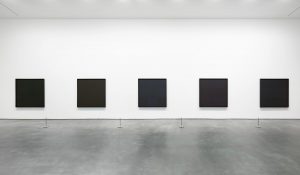
Ad Reinhardt photo from exhibition – David Zwirner https://www.davidzwirner.com/exhibitions/ad-reinhardt
The final decision before beginning to work was which word I should use, to which I had a very easy discovery. The most taboo, powerful expletives of protest ‘cunt’ seemed like the obvious word to use. As something commonly avoided in conversation, publicising it seemed like the best way to explore text and protest in one continuous outcome.
This is Gunther Ueker’s 1964 piece, White Field which inspired my experimentation with needles
